Find capacitance between the inner and outer curved conductor surfaces (Neglect fringing) (In 2 = 0.694)

103 pF
12 pF
1 pF
130 pF
The correct Answer is:A
Topper's Solved these Questions
- CAPACITORS BOOK - AAKASH SERIESCHAPTER - CAPACITORS EXERCISE - ADDITIONAL PRACTICE EXERCISE (LEVEL - II LECTURE SHEET (ADVANCED))(Matrix Matching Type Questions)
2 Videos
- CAPACITORS BOOK - AAKASH SERIESCHAPTER - CAPACITORS EXERCISE - ADDITIONAL PRACTICE EXERCISE (LEVEL - II LECTURE SHEET (ADVANCED))(Integer Type Questions )
3 Videos
- CAPACITORS BOOK - AAKASH SERIESCHAPTER - CAPACITORS EXERCISE - ADDITIONAL PRACTICE EXERCISE (LEVEL - I (MAIN)(Straight Objective Type Questions)
22 Videos
- ATOMSBOOK - AAKASH SERIESCHAPTER - ATOMSEXERCISE - PRACTICE EXERCISE
21 Videos
- COMMUNICATION SYSTEM BOOK - AAKASH SERIESCHAPTER - COMMUNICATION SYSTEM EXERCISE - LECTURE SHEET (LEVEL - I) (MAIN) (EXERCISE - IV) (Straight Objective & More than one Correct Answer Type Questions)
20 Videos
Similar Questions
The difference between the outer and inner curved surface areas of a hollow right circular cylinder 14 cm long is 88 cm2 . If the volume of metal used in making the cylinder is 176 cm3 , find the outer and inner diameters of the cylinder. (Use π=22/7 )
View SolutionThe difference between the outer and inner curved surface areas of a hollow right circular cylinder 14 cm long is 88 cm2 . If the volume of metal used in making the cylinder is 176 cm3 , find the outer and inner diameters of the cylinder. (Use π=22/7 )
View Solution
Knowledge Check
Find the capacitance between the inner and outer curved cylindrical conductor surface as shown in figure. Space between conductor surface is filled with dielectric of dielectric constant k. Consider b<<R:
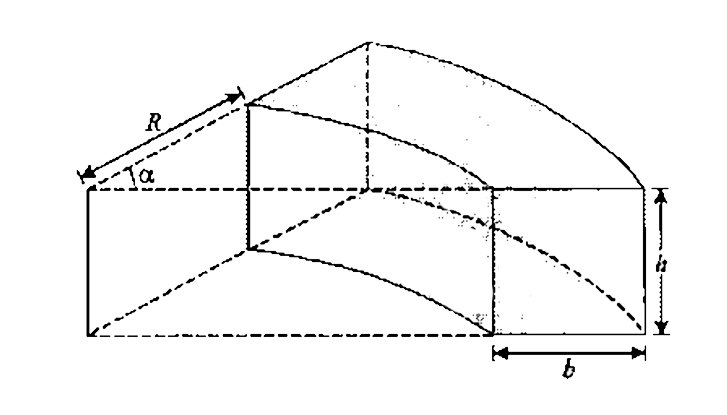 Aε0khRαbBε0kbrαhCε0khRα2bDε0kbrα2h
Aε0khRαbBε0kbrαhCε0khRα2bDε0kbrα2hA coaxial cable made up of two conductors. The inner conductor is solid and is of radius R1 and the outer conductor is hollow of inner radius R2 and outer radius R3. The space between the conductors is filled with air. The inner and outer conductors are carrying currents of equal magnitudes and in opposite directions. Then the variation of magnetic field with distance from the axis is best plotted as
A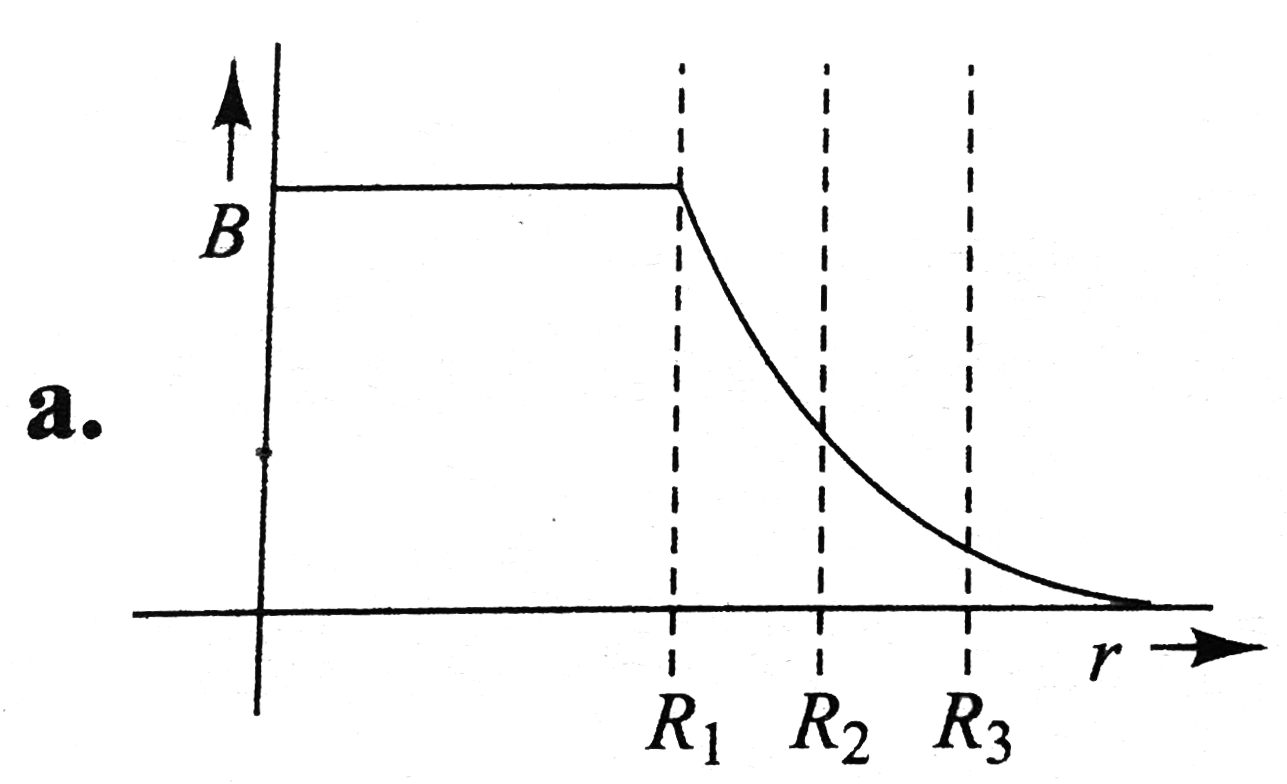 B
B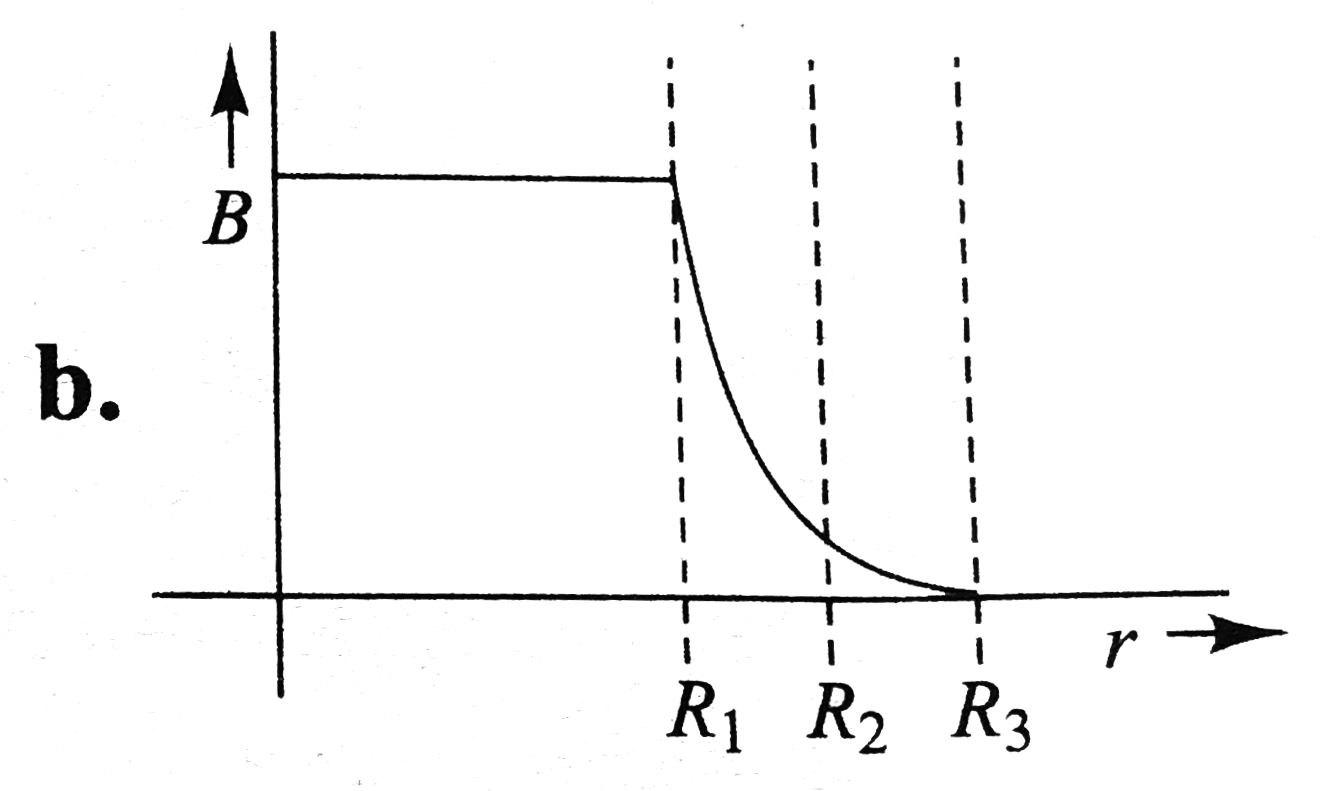 C
C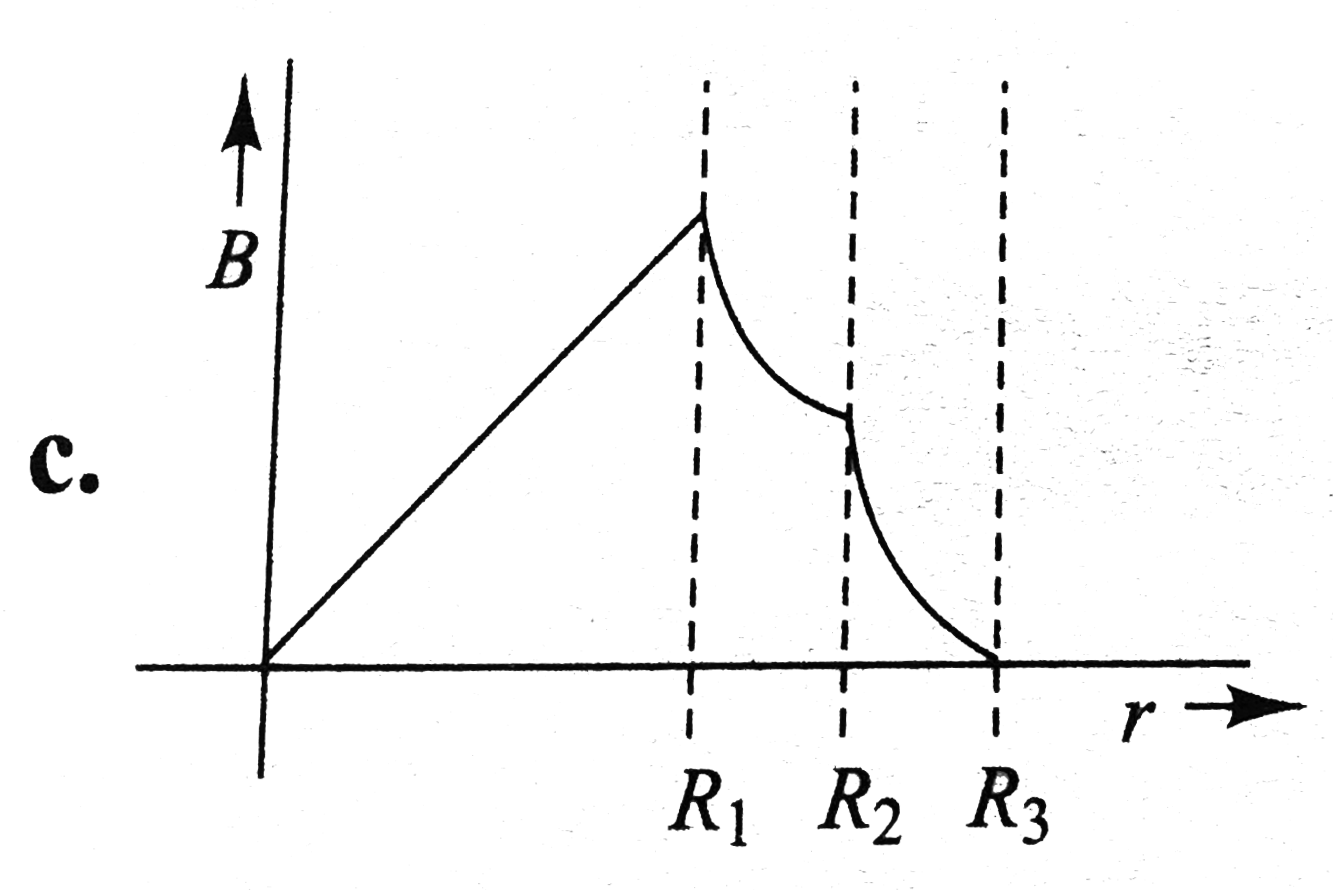 D
D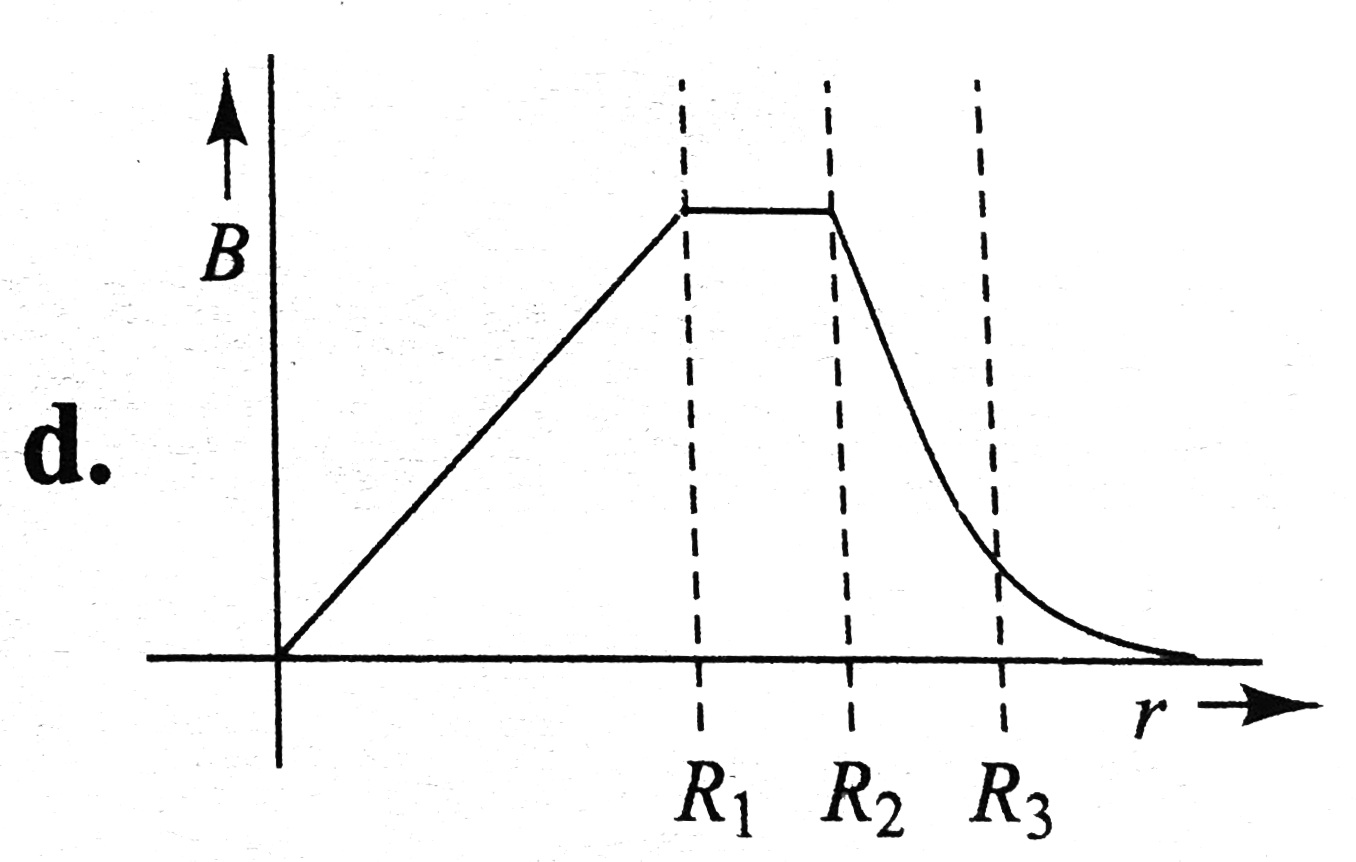
The difference between the outer and the inner curved surface areas of a hollow cylinder, 14cm long, is 88sq. cm. Find the outer and the inner radii of the cylinder, given that the volume of metal used is 176cu.cm.
View SolutionA coaxial cable made up of two conductors. The inner conductor is solid and is of radius R1 and the outer conductor is hollow of inner radius R2 and outer radius R3. The space between the conductors is filled with air. The inner and outer conductors are carrying currents of equal magnitudes and in opposite directions. Then the variation of magnetic field with distance from the axis is best plotted as
View SolutionA coaxial cable made up of two conductors. The inner conductor is solid and is of radius R1 and the outer conductor is hollow of inner radius R2 and outer radius R3. The space between the conductors is filled with air. The inner and outer conductors are carrying currents of equal magnitudes and in opposite directions. Then the variation of magnetic field with distance from the axis is best plotted as
View SolutionA coaxial cable made up of two conductors. The inner conductor is solid and is of radius R1 and the outer conductor is hollow of inner radius R2 and outer radius R3. The space between the conductors is filled with air. The inner and outer conductors are carrying currents of equal magnitudes and in opposite directions. Then the variation of magnetic field with distance from the axis is best plotted as
View SolutionThe difference between the outer curved surface area and the inner curved surface area of a hollow cylinder is 352cm2. If its height is 28 cm and the volume of material in it is 704cm3, find its external curved surface area.
View SolutionAn uncharged conductor of arbitrary (non-spherical)shape, has a spherical cavity with a point charge q kept at its centre. The induced surface charge densities at outer surface of conductor and inner surface of cavity in electrostatic condition are respectively
View Solution
